Ss. Cyril and Methodius University of Skopje is the largest and oldest public research university in North Macedonia. Here is a detailed introduction to the university:
Introduction and Overview
Name: Ss. Cyril and Methodius University of Skopje, Macedonian for "Универзитет „Св. Кирил и Методиј“ во Скопје", abbreviated as UKIM.
Geographical location: Located in Skopje, the capital of North Macedonia, with coordinates of 42°0′1.27″N, 21°26′36.17″E.
Scale: In the 2018-2019 academic year, there were 25,220 students enrolled and 2,390 teaching and research staff.
History and Establishment
The history of the university dates back to 1943, when the Bulgarian occupation authorities established the first higher education institution in Skopje - Tsar Boris III University. After the withdrawal of the Bulgarian army in 1944, the university ceased its educational activities. At the end of 1946, the Philosophy Department of Skopje University held an official opening ceremony, which marked the birth of a Macedonian national university. In 1947, the Faculty of Medicine and the Faculty of Agriculture and Forestry were established. In 1949, the university was named after the Byzantine Christian theologians and missionaries Cyril and Diskos.
School Strength
Faculty: It has 2,390 teaching and research personnel and more than 300 members of university institutions.
Teaching Facilities: It has modern teaching facilities and scientific research equipment, and has a main campus in Skopje covering an area of about 90,000 square meters, providing students with a good learning and research environment.
Institutional Nature
Ss. Cyril and Methodius University of Skopje is a public university.
Educational philosophy
Committed to inheriting and promoting the traditional characteristics and values of the Macedonian people, while respecting and cultivating the cultural values of other ethnic communities in the Republic of North Macedonia. Focus on cultivating students' comprehensive qualities and innovative abilities, emphasize the combination of academic research and practice, and encourage students to actively participate in social activities and contribute to social development.
Key laboratories and disciplines
Key laboratories: It has a number of advanced research laboratories, such as chemistry laboratories, physics laboratories, and biological laboratories, which provide good conditions for scientific research and teaching.
Advantageous disciplines: Philosophy, linguistics, natural sciences and mathematics, agricultural sciences and food, medicine, law, economics and other disciplines have a high level of teaching and research, leading in North Macedonia and also have a certain influence internationally.
Faculty
The university is divided into 23 colleges and 10 institutes, including the Faculty of Philosophy, the Faculty of Linguistics, the Faculty of Natural Sciences and Mathematics, the Faculty of Agricultural Sciences and Food, the Faculty of Medicine, the Faculty of Law, the Faculty of Economics, etc.
Rankings
Ranked 159th in the QS Emerging Europe and Central Asia University Rankings (2022), 478th in the USNEWS European University Rankings (2022-2023), and 100th in the European University Rankings - Southern Europe (2025).
Expenses
Tuition fees for local students in North Macedonia are relatively low, about 200 euros per year; tuition fees for international students are relatively high, about 2,000 euros per year. Compared with other European countries, the cost of living in North Macedonia is relatively low, and students spend about 300-500 euros per month.
Campus Environment
Campus buildings: There are many modern teaching buildings, libraries, laboratories and other buildings on the main campus, as well as a statue of Cyril and Discos. The campus has a variety of architectural styles, with both traditional Macedonian architectural elements and modern architectural designs.
Cultural and sports facilities: It has complete cultural and sports facilities, such as libraries, museums, theaters, gymnasiums, etc., providing students with a wealth of extracurricular activities.
-
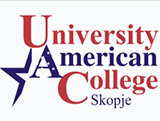
University American College Skopje
-
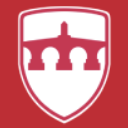
International Balkan University
-
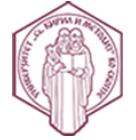
Ss. Cyril and Methodius University of Skopje
-
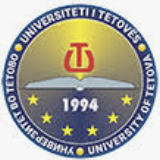
State University of Tetova
-
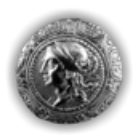
MIT University Skopje
-

St. Clement of Ohrid University of Bitola
-
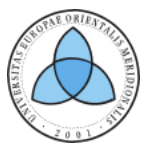
South East European University
-
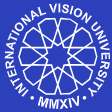
International Vision University
-
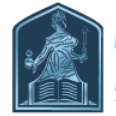
University for Audiovisual Arts - European Film Academy ESRA - Skopje
-

Goce Delčev University of Štip
-

Mesoamerican University
-

Istmo University
-

Mariano Galvez University of Guatemala
-

Regional University of Guatemala
-

Galileo University
-

Francisco Marroquín University
-

Rafael Landívar University
-

University of the Valley of Guatemala
-

University of San Carlos of Guatemala
-

Technological Institute of Tlaxcala Plateau
-

Golfo University
-

Technological University of South Sonora
-

Technological University of Huejotzingo
-

Tizimín Institute of Technology
-

Chilpancingo Institute of Technology
